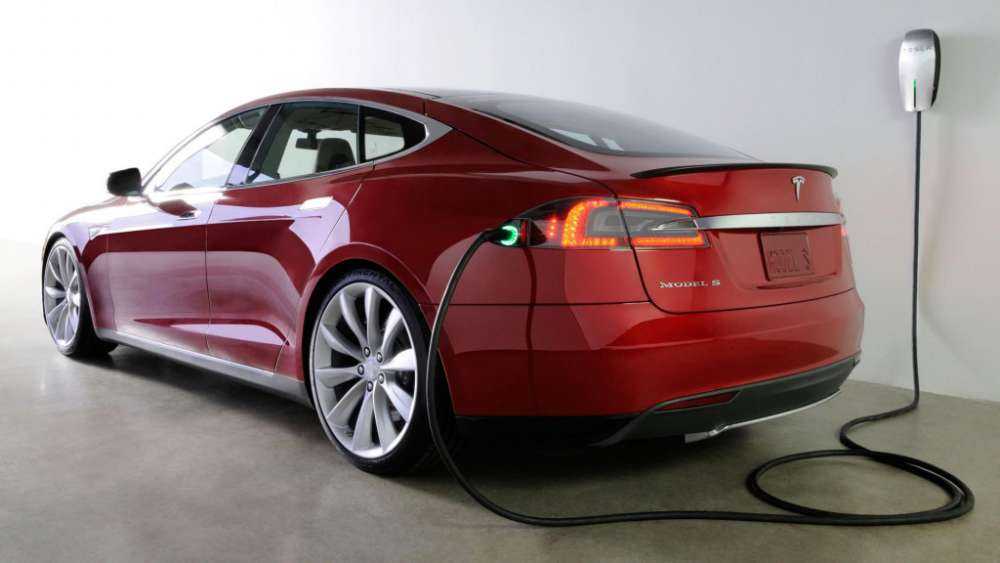BY JELANI DANIEL
Electric vehicles were thought of as an unrealistic novelty during the earlier centuries. Although such technology seemed out of reach, the boost of information during the 21st Century has broken ground for an electric vehicle takeover.
THE BENEFITS OF DRIVING ELECTRIC: There are numerous benefits to driving electric including exhaustless commutes that cut back on greenhouse emissions and the option to drive fuel free for the remainder of the vehicles lifetime. Such benefits not only save the environment, they save money, especially during a penny-pinching landmark in our economy’s history.
Electric car benefits are being pushed to consumers, but where does the heart of the technology originate?
When looking back to the pre-21st Century models of electric vehicles, the most important part of the vehicle itself was the battery. Without the battery, the vehicle could not run. The battery is similar to the role of the heart within our human body. Typical setbacks of outdated batteries and hybrid models included short-lived battery life that limited their usefulness for short distance driving, and not everyday life.
THE CURRENT WAVE: Presently, technology for car batteries include lithium-ion, which have a longer charge cycle, giving drivers the option to commute or engage in road trips. Manufacturers such as Tesla Motors have promoted technology that allows drivers the freedom to have longer drives without worry. With the initial Tesla Roadster model, drivers could go over 150 miles without a charge, setting the landscape for more consumer freedom.
Electric vehicles have now moved up the ranks to that of consumer friendly and stylish car models; seeing electric vehicles on the highway is a common occurrence and one that’s picking up speed.
THE NEXT WAVE OF BATTERY DESIGN: As with all technology, the need for speed and development are moving up and are in high demand. Thankfully motor companies are trying their best to keep up, including Tesla Motors and Dyson, in the pursuit of the most economical and reliable batteries.
More and more companies are chasing the perfect battery with modern appeal, giving customers not only quality and safety, but the sleek look of high-class exotic car models not common in the electric and hybrid realm.
THE OBSTACLES IN PLACE: Although there are few obstacles, the most prominent setbacks for consumers remain issues with recharging stations. They are far and few between but recharging stations are on the rise and should accommodate the ever increasing wave of electric car demand. The second and most obvious obstacle for consumers is price-point. With time and with higher consumption, more domesticated prices should pop up, making electric cars commonplace for families and new drivers. Thankfully the window to environmentally friendly technology is opening up quickly.

